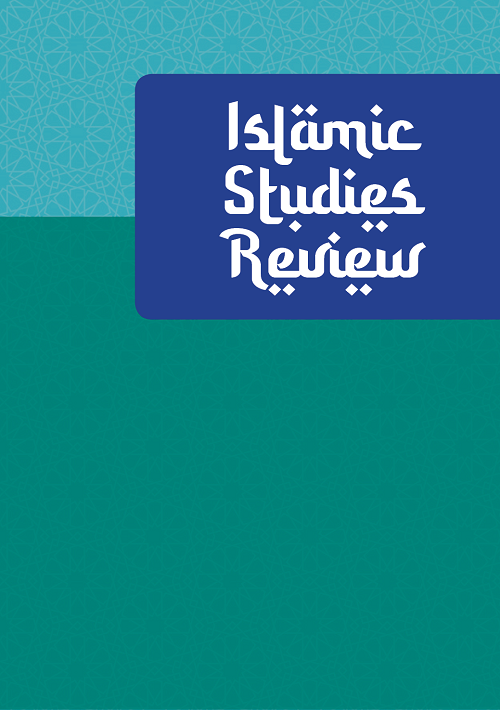Abstract
Hagar is a fascinating figure in both Jewish and Islamic traditions. Her portrayal varies greatly across these two different faiths. In both Jewish and Islamic traditions, Hagar is sent away into the desert. However, this same story has different interpretations in Judaism and Islam and has diverse cultural impacts on today’s Jewish and Muslim societies. In Islam, Hagar is seen as a respected figure, the mother of Arabs. This contrasts with her negative portrayal in some Jewish interpretations. This paper examines historical sources of Hagar’s story in the Biblical narrative and the Islamic tradition, exploring how each scripture aligns and contrasts with the other through the pivotal event of Hagar’s banishment to the wilderness. Utilizing a qualitative methodology and comparative approach, this study undertakes a textual and content analysis of relevant literature. This paper argues that how Hagar’s banishment is recounted in Jewish and Islamic traditions significantly influences how her story is understood and interpreted today. These interpretations, shaped by their respective cultural and historical contexts, contribute to differing portrayals of Hagar’s role and social position within the family of Abraham in Jewish and Islamic communities.
This work is licensed under a Creative Commons Attribution-ShareAlike 4.0 International License.

